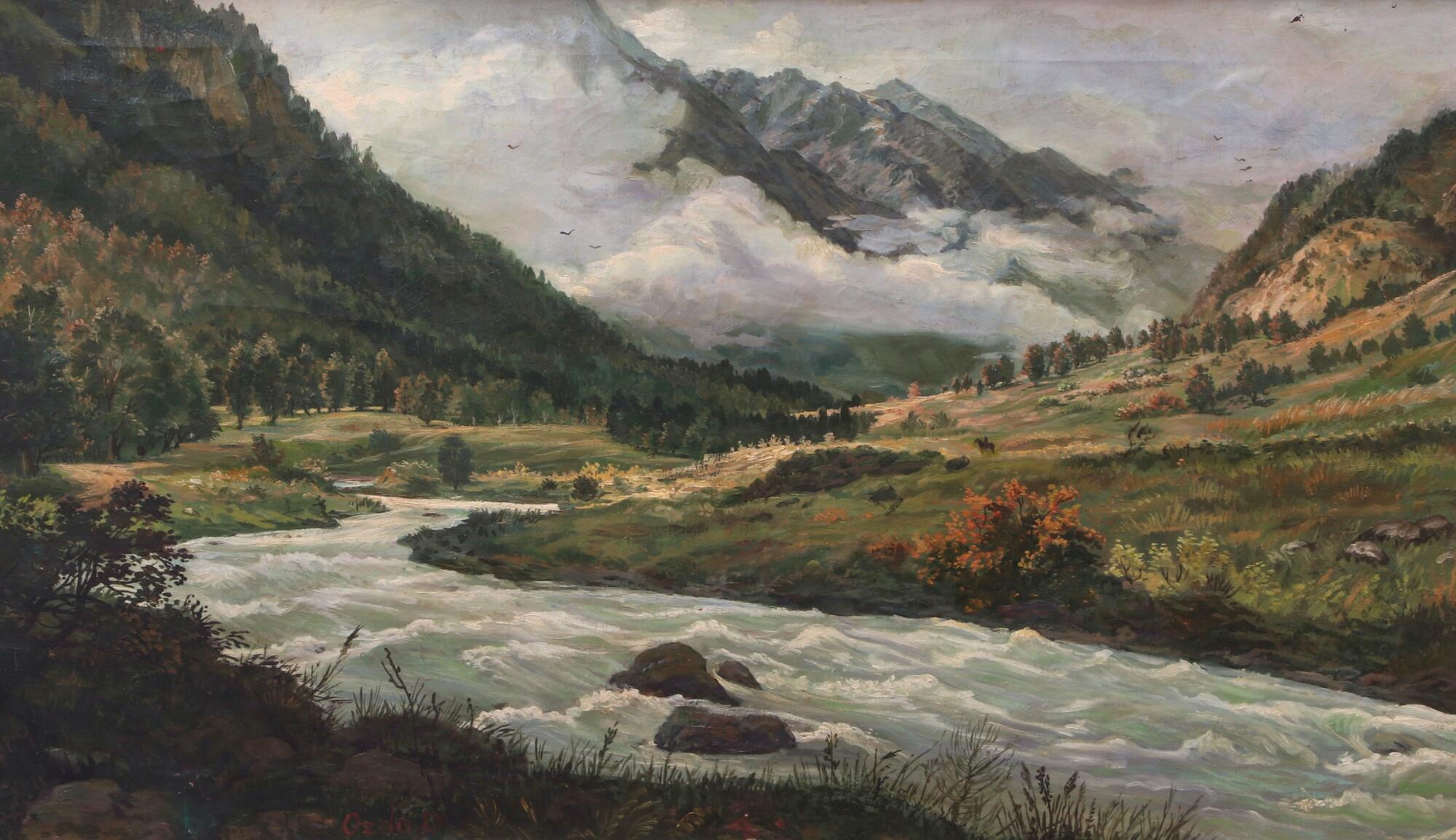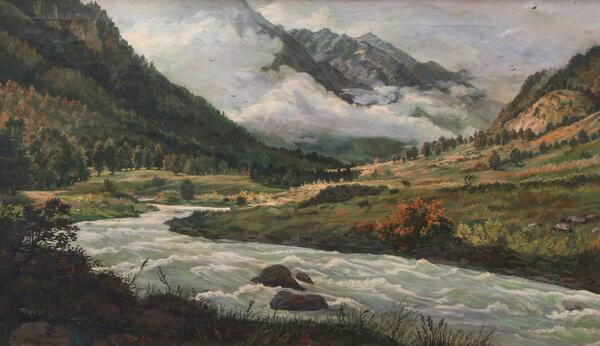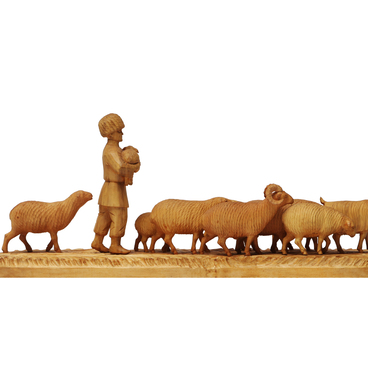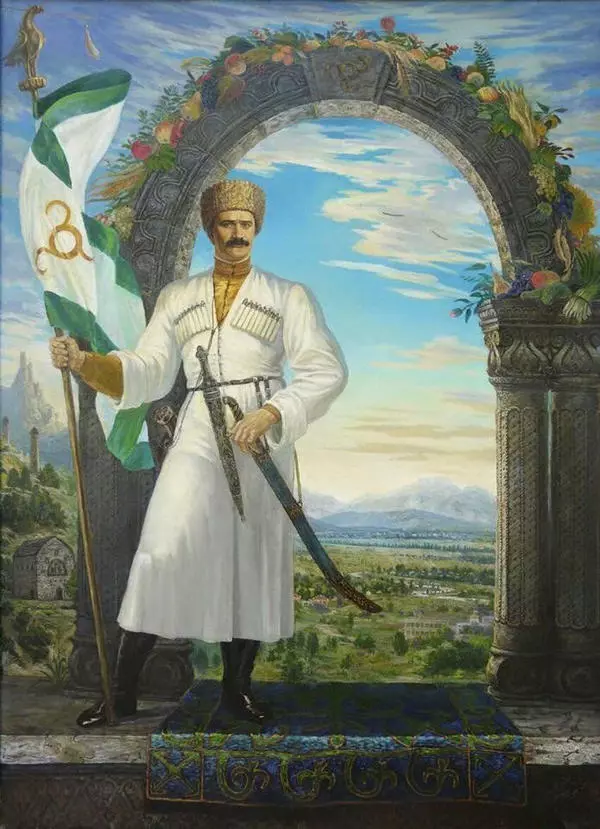Ingushetia is characterized by an extensive network of various rivers, most of them flow down from the mountains to the plains. Making their way through the powerful ridges of the Caucasus Mountains, they create narrow and deep gorges.
The Assa River’s source is on the northern slopes of the Greater Caucasus. It cuts through the Front Range and other ranges of the Greater Caucasus in the north. Highlanders love it for its ever-changing shape and picturesque landscapes: where the river crosses the ranges, gorges with waterfalls and steep rapids form in the valleys.
According to a legend, the Assa River appeared to prevent people from destroying each other in a death fight. People say that one young man had the only valuable thing in his life: a large flock of sheep. The young man pastured them in the mountains, but as soon as the evening came, he managed to hide the entire flock somewhere.
The robbers who were watching him decided to find out where he kept his animals at all costs. They sent a girl to him with food, but the young man silently ate it and then left. They used this scheme for a week, then the next week, and the third one. The girl and the boy became attached. Eventually, the robbers got tired of this and forced the girl to seduce the young man and make him talk. That is exactly what the young woman did it.
The young man confided in her and told her where the secret place was located. In the middle of the night, he decided to check the flock, sensing something was wrong. The highlander caught the robbers who were driving his sheep and attacked them. At the same moment, a river with black and cold waters gushed from the mountains. The stream divided the combatants: the young man, the girl, and a half of the flock remained on one side of the river, and the robbers with the other half — on the other. When the men’s anger subsided, the water in the river became clear — every stone on its bottom was visible.
People’s Artist of the Republic of Ingushetia, Daud Ozdoev depicted the legendary river, showing its rapid run through a narrow valley.
The artist is mainly known for his large-scale narrative themed paintings, in which he continued the traditions of Italian, Dutch, and Flemish artists. His legacy also includes portraits, still lifes, and landscapes of his native land.
The Assa River’s source is on the northern slopes of the Greater Caucasus. It cuts through the Front Range and other ranges of the Greater Caucasus in the north. Highlanders love it for its ever-changing shape and picturesque landscapes: where the river crosses the ranges, gorges with waterfalls and steep rapids form in the valleys.
According to a legend, the Assa River appeared to prevent people from destroying each other in a death fight. People say that one young man had the only valuable thing in his life: a large flock of sheep. The young man pastured them in the mountains, but as soon as the evening came, he managed to hide the entire flock somewhere.
The robbers who were watching him decided to find out where he kept his animals at all costs. They sent a girl to him with food, but the young man silently ate it and then left. They used this scheme for a week, then the next week, and the third one. The girl and the boy became attached. Eventually, the robbers got tired of this and forced the girl to seduce the young man and make him talk. That is exactly what the young woman did it.
The young man confided in her and told her where the secret place was located. In the middle of the night, he decided to check the flock, sensing something was wrong. The highlander caught the robbers who were driving his sheep and attacked them. At the same moment, a river with black and cold waters gushed from the mountains. The stream divided the combatants: the young man, the girl, and a half of the flock remained on one side of the river, and the robbers with the other half — on the other. When the men’s anger subsided, the water in the river became clear — every stone on its bottom was visible.
People’s Artist of the Republic of Ingushetia, Daud Ozdoev depicted the legendary river, showing its rapid run through a narrow valley.
The artist is mainly known for his large-scale narrative themed paintings, in which he continued the traditions of Italian, Dutch, and Flemish artists. His legacy also includes portraits, still lifes, and landscapes of his native land.




